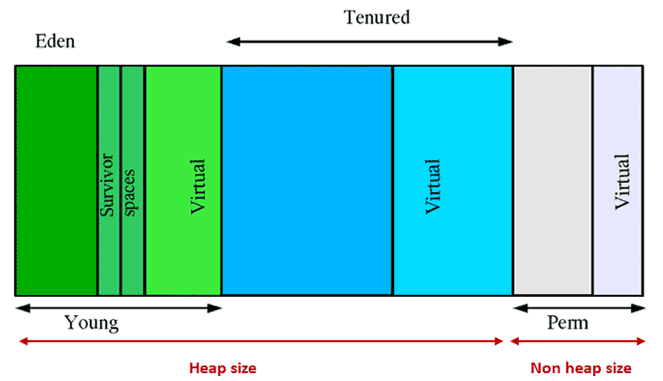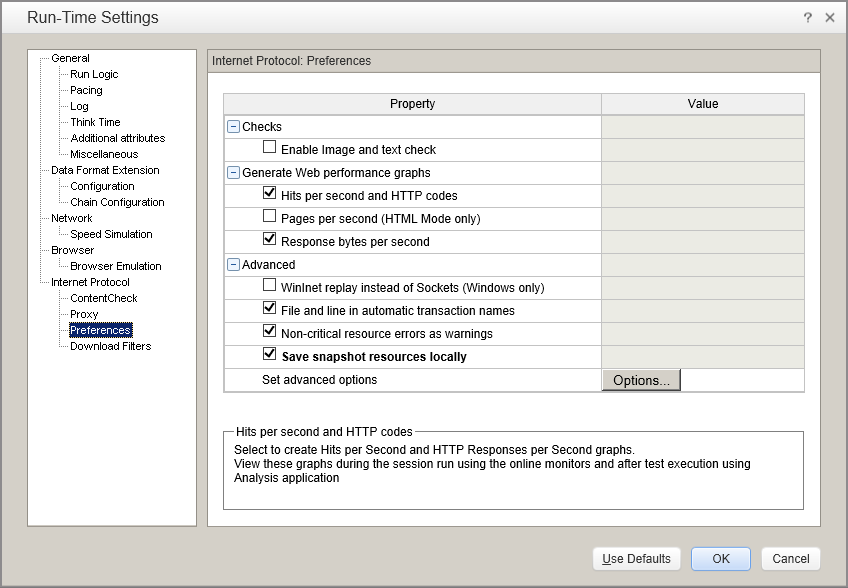CPU and Memory utilization are key metrics captured in any
performance test. This post will be focusing on CPU utilization and dealing
with CPU bottleneck.
Whenever we say CPU utilization for a CPU with configuration
4 GHZ with 1 core is 80% this mean that currently 3.2 billion cycles in a
seconds. However this calculation is not that easy in normal case considering
when we have multi cores, hyperthreading, virtualization, shared cache and
other advancement going in infrastructure space.
For any loadtest run, following performance counters should
be typically used
- % Processor Time_Total Instance - Percentage of elapsed
time a CPU is busy executing a non-idle thread (An indicator or processor
activity). 85% of processor utilization can be taken as a threshold value.
Normally, CPU utilization should increase as load is
increased. If CPU utilization is not increased then we may have a bottleneck
which will impact the throughout and response time. Underutilization normally
happens when we have multiprocessor systems with one JVM. To take the
advantages of most of the processing power we might like to consider more than
one JVM
Sometimes, load test will show us spike/burst in CPU
utilization. Understanding the reason behind burst will require additional
metrics and counters.
- Processor\% User Time : This counter will helps us in identifying
any high user mode processor bottleneck.
- % Privilege Time-Percent of threads running in privileged
mode (file or network I/O, or allocate memory)
Processor % Privilege Time consistently over 75 percent
indicates a bottleneck.
Processor Queue Length - Number of tasks ready to run than
the processors can get to.
Processor Queue Length greater than 2 indicates a
bottleneck. It would be good to check with the Dev/infra team about the value
of thread pool and should it be increased or not.
System\Context Switches /sec. Occurs when higher priority
threads preempts lower priority threads that are currently running, and can
indicate when too many threads are competing for processor time. If much
processor utilization is not seen and very low levels of context switching are
seen, it could indicate that threads are blocked
As a general rule, context switching rates of less than
5,000 per second per processor are not worth worrying about. If context
switching rates exceed 15,000 per second per processor, then there is a
constraint.

